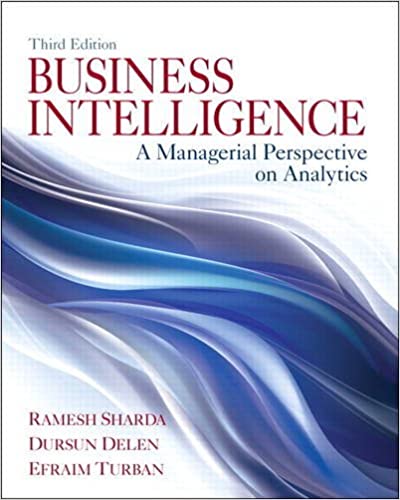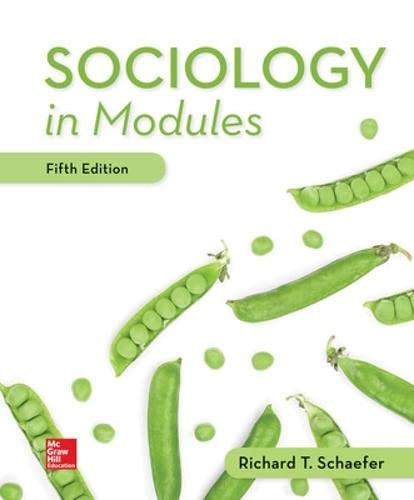Solution Manual For Accounting for Decision Making and Control for the 9th Edition
Solution Manual For Accounting for Decision Making and Control for the 9th Edition
Accounting for Decision Making and Control for the 9th Edition – Solution Manual
Accounting for Decision Making and Control for the 9th Edition
Accounting for Decision Making and Control
PART II: SOLUTIONS TO PROBLEMS AND CASES
Chapter 1
Introduction
P 1–1: Solution to MBA Students (10 minutes)
[Using accounting information for decision making and control]
Together the two observations highlight the extremes in the trade-offs of using accounting information for decision and control. In the first case, there is more analysis of opportunity costs that are hard to capture with typical accounting information. In the second case, there is less intended interest in opportunity cost and greater emphasis on control.
P 1–2: Solution to One Cost System Isn’t Enough (15 minutes)
[Economic Darwinism]
The first part of the quote describes the tension (and conflict) that arises when a single accounting system is used for multiple purposes. This part of the statement is an accurate description of practice. However, the quote has a couple of problems, including:
- While the quote describes the costs of using a single system (“a single system … can’t perform important managerial functions adequately”), the quote does not describe the benefits derived from using a single system (lower bookkeeping costs, a single audit, less confusion).
- Because the quote ignores the benefits of a single system, it ignores the concept of economic Darwinism. It does not address the question of how surviving (successful) companies can compete if a single system “can’t perform important managerial functions adequately.”
- Also, the quote assumes that managers are bound to their internal accounting systems, that no other alternative information sources are available. Often managers develop their own ad hoc, “off-line” information systems for decision making. These systems include spreadsheets, informal observation, and “walking around.”














Reviews
There are no reviews yet.